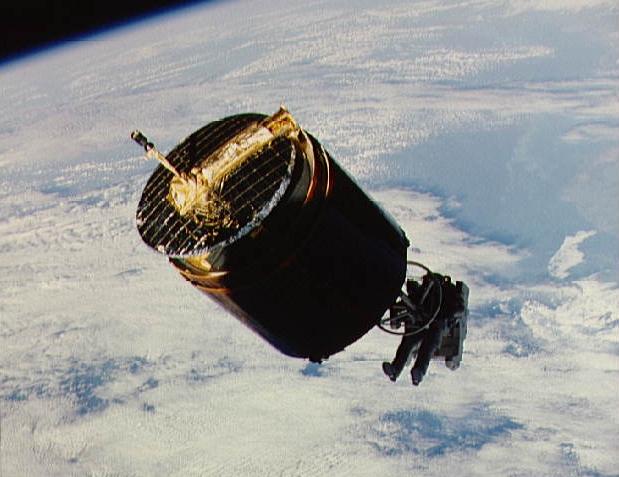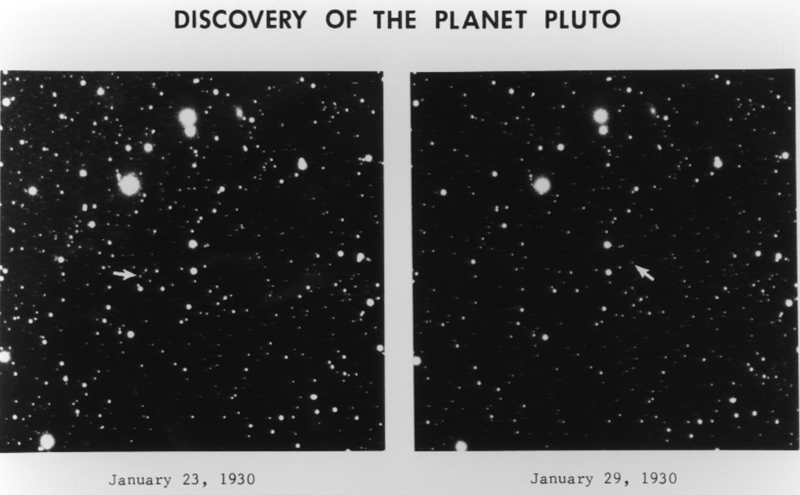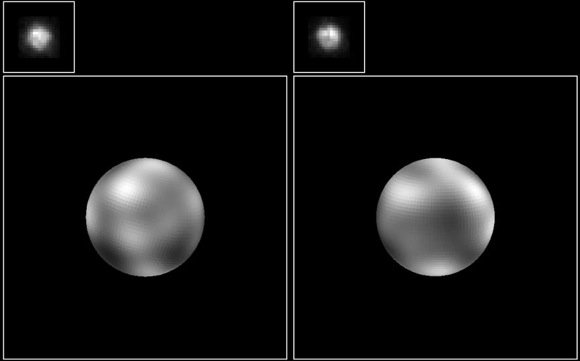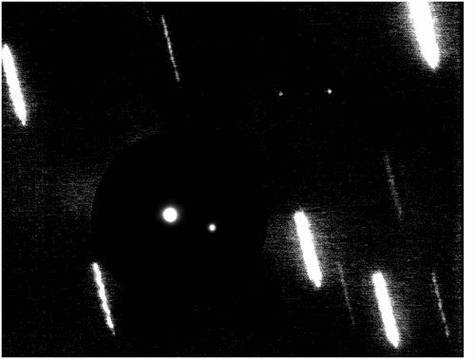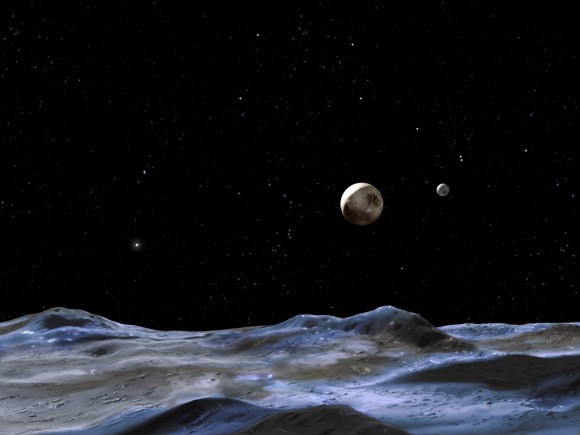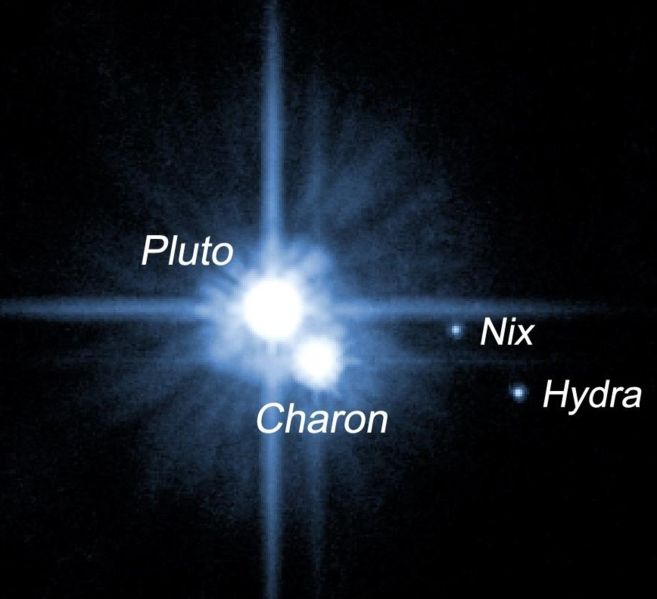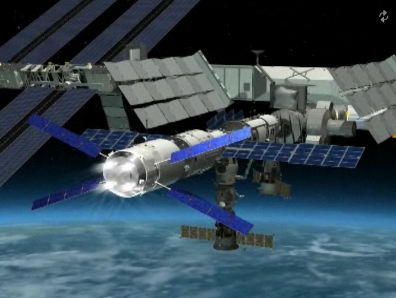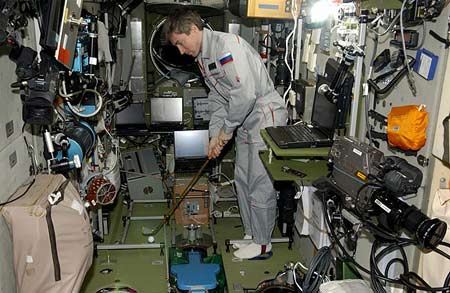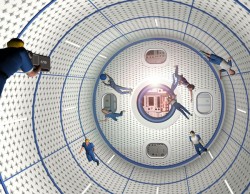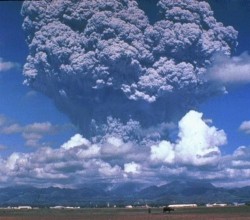What happens when a robotic space probe breaks down millions of miles away from the nearest spacecraft engineer? If there is a software bug, engineers can sometimes correct the problem by uploading new commands, but what if the computer hardware fails? If the hardware is controlling something critical like the thrusters or communications system, there isn’t a lot mission control can do; the mission may be lost. Sometimes failed satellites can be recovered from orbit, but as there’s no interplanetary towing service for missions to Mars. Can anything be done for damaged computer systems far from home? The answer might lie in a project called “Scalable Self-Configurable Architecture for Reusable Space Systems”. But don’t worry, machines aren’t becoming self-aware, they’re just learning how to fix themselves…
When spacecraft malfunction on the way to their destinations, often there’s not a lot mission controllers can do. Of course, if they are within our reach (i.e. satellites in Earth orbit), there’s the possibility that they can be picked up by Space Shuttle crews or fixed in orbit. In 1984 for example, two malfunctioning satellites were picked up by Discovery on the STS-51A mission (pictured above). Both communications satellites had malfunctioning motors and couldn’t maintain their orbits. In 1993 Space Shuttle Endeavour (STS-61) carried out an orbital mirror-change on the Hubble Space Telescope. (Of course, there’s always the option that top secret dead spy satellites can be shot down too.)
Although both of the retrieve/repair mission examples above most likely involved mechanical failure, the same could have been done if their onboard computer systems failed (if it was worth the cost of an expensive manned repair mission). But what if one of the robotic missions beyond Earth orbit suffered a frustrating hardware malfunction? It needn’t be a huge error either (if it happened on Earth, the problem could probably be fixed quickly), but in space with no engineer present, this small error could spell doom for the mission.
So what’s the answer? Build a computer that can fix itself. It might sound like the Terminator 2 storyline, but researchers at the University of Arizona are investigating this possibility. NASA is funding the work and the Jet Propulsion Laboratory is taking them seriously.
Ali Akoglu (assistant professor in computer engineering) and his team are developing a hybrid hardware/software system that may be used by computers to heal themselves. The researchers are using Field Programmable Gate Arrays (FPGAs) to create self-healing processes at the chip-level.
FPGAs use a combination of hardware and software. Because some hardware functions are carried out at chip-level, the software acts as FPGA “firmware”. Firmware is a common computer term where specific software commands are embedded in a hardware device. Although the microprocessor processes firmware as it would any normal piece of software, this particular command is specific to that processor. In this respect, firmware mimics hardware processes. This is where Akoglu’s research comes in.
The researchers are in the second phase of the project called Scalable Self-Configurable Architecture for Reusable Space Systems (SCARS) and have set up five wireless networked units that could easily represent five cooperating rovers on Mars. When a hardware malfunction occurs, the networked “buddies” deal with the problem on two levels. First, the troubled unit attempts to repair the glitch at node level. By reconfiguring the firmware, the unit is effectively reconfiguring the circuit, bypassing the error. If it is unsuccessful, the unit’s buddies perform a back-up operation, reprogramming themselves to carry out the broken unit operations as well as their own. Unit-level intelligence is used in the first case, but should this fail, network-level intelligence is used. All the operations are performed automatically, there is no human intervention
This is some captivating research with far-reaching benefits. If computers could heal themselves at long-distance, millions of dollars would be saved. Also, the longevity of space missions may be extended. This research would also be valuable to future manned missions. Although the majority of computer issues can be fixed by astronauts, critical systems failures will occur; using a system such as SCARS could perform life-saving back up whilst the source of the problem is being found.
Source: UA News

